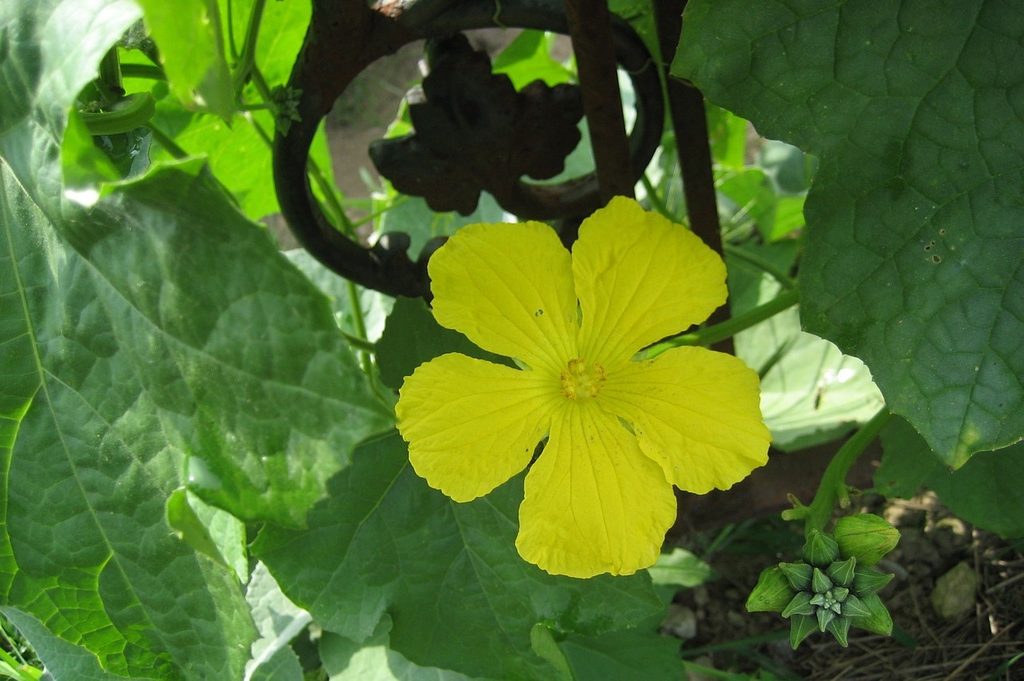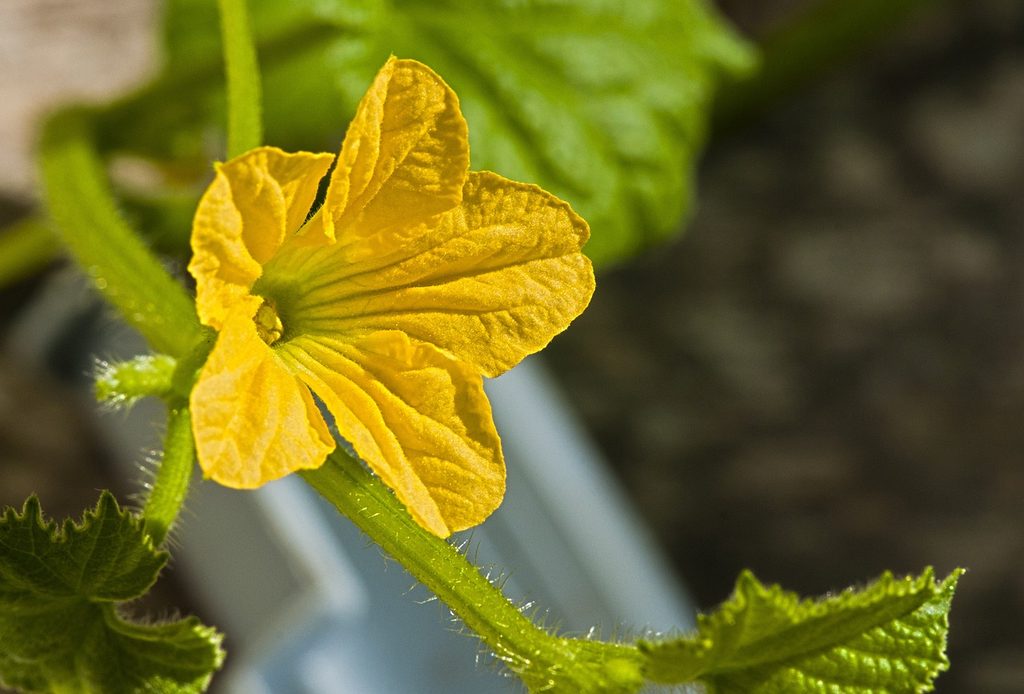
Summer vegetable gardens are often filled with tomatoes, cucumbers, and beans, but there are other options for more adventurous gardeners. The loofah plant, sometimes also spelled luffa, is a prime example. Loofahs are tasty, useful, a great conversation starter, and even make wonderful gifts. Want to know more about growing this unusual vegetable? Here’s your simple guide to growing loofahs.
What are loofah plants?
When you hear the word loofah, your first thought is likely the sponges — and you’d be right! Loofahs are a member of the cucumber family native to South and Southeast Asia. When the vegetables are young, they’re edible and have a flavor similar to zucchini. If the vegetables are left to mature and dry, then they can be harvested and turned into sponges.
Loofahs are warm-weather vegetables, and they don’t tolerate the cold. Additionally, they are annuals. If you want to keep growing them, you’ll need to plant more each spring.

Planting loofahs
Start planting loofahs in mid-spring or early summer. However, they can grow out of season if you have a greenhouse. Loofah plants prefer rich, well-draining soil. Adding compost to the soil before you begin planting is a great idea, especially if you have poor soil. When planting, be sure to space the seeds 8 to 12 inches apart. Loofahs grow on vines, so they need plenty of room to grow and spread.
To ensure healthy vines and fruits, add a trellis, fence, or other climbing structure along the row. This keeps them from climbing over other nearby plants, and it also keeps the fruit away from the ground, reducing the risk of damage from pests and diseases.

How to care for loofah plants
Once planted, caring for loofah plants is pretty simple. Fertilize them two to three times during the growing season. As they sprout, train them to grow up the trellis by gently tying the vines to the trellis. While growing on a trellis keeps the loofahs safe, it also leaves the ground exposed to the sun. Water will evaporate faster, so you’ll need to water them more frequently, add a layer of mulch, or plant a living mulch underneath them.

How and when to harvest your loofahs
Your harvest time depends on whether you want to eat your loofahs or turn them into sponges. For edible loofahs, harvest them at three to six months old. With sponge loofahs, you can harvest and dry them starting at six to eight months, but you can also leave them to dry on the vine. However, you should harvest all your loofah plants before it gets cold, to prevent frost damage.
From cooking to cleaning, loofah plants have a lot to offer! Now that you know all there is to know about growing and harvesting them, you can enjoy fresh loofahs this summer. They make particularly good companions to peas, beans, corn, and onions, both in the garden and on the plate.


